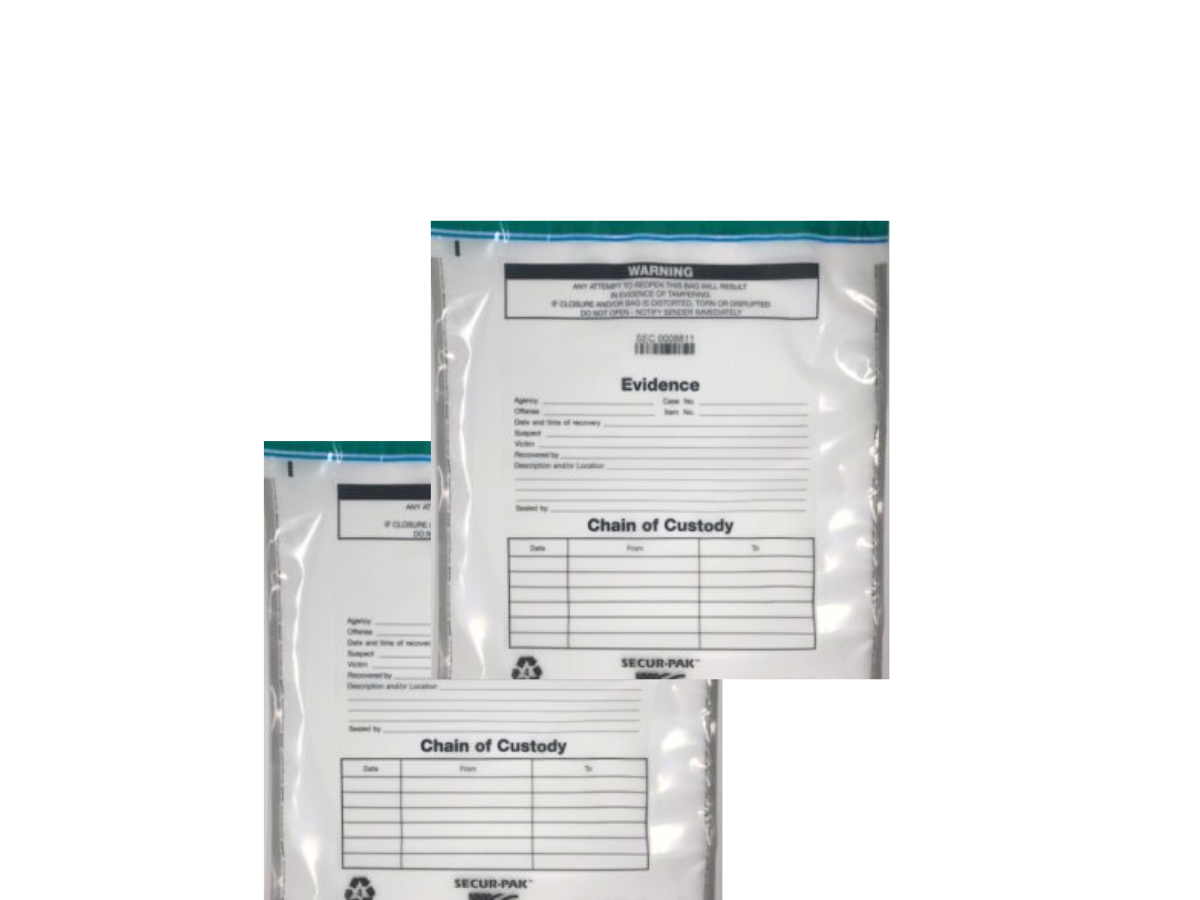What Happens if a Chain of Custody is Broken? Everything You Need to Know

In a criminal case, evidence like photos, DNA samples, and documents is crucial. However, how law enforcement handles this evidence is important. A “chain of custody error” happens if there’s a mistake in documenting or taking care of the evidence.
The chain of custody includes recording details about who collected, handled, or analyzed the evidence during an investigation. If this chain is broken or messed with, it can have serious consequences for the case. The affected evidence might not be allowed in court, meaning it can’t be used to prove someone’s guilt.
Maintaining an unbroken chain of custody is essential for presenting evidence to litigation. Any discrepancies in the chain can lead to challenges. If law enforcement fails to prove who had the evidence at a specific time, the chain is considered broken. In such cases, the defendant may request the evidence be declared inadmissible, potentially weakening the case or even leading to reduced charges. Thus, the integrity of the chain of custody is pivotal in ensuring a fair and reliable judicial process.
Chain of Custody Breached: An Overview
If the chain of custody is broken, things can get complicated. Let’s say someone was in a car accident, and the police took his blood to check if he was drunk driving. Now, if the blood sample gets mixed up or labeled wrong in the lab, the evidence might not be allowed in court.
Evidence can also be thrown out if it:
- Ends up in the wrong hands during the investigation.
- Is stored improperly during the investigation.
- Isn’t documented correctly.
Even if the police lose the evidence, it breaks the chain of custody. When evidence is called “inadmissible” or “suppressed,” it means it can’t be used against you in court. The judge won’t show it to the jury, and even the judge won’t consider it. If the judge rejects evidence due to a chain of custody mistake, the prosecutor might not have much left to use against the convict.
What Happens When the Chain of Custody Is Broken?
Suppression of Evidence:
When the chain of custody is broken, a big problem is the suppression of evidence. This means the proof can’t be shown in court or considered by the judge and jury. It’s like saying, “Sorry, we can’t use this evidence because we can’t be sure it’s reliable.” Imagine you had a photo from a security camera showing something important in your case, but if the police mix up the photo or don’t take care of it properly, the judge might say it can’t be used. So, a broken chain of custody can mess up a case by making key evidence useless in court.
Inadmissibility of Evidence:
When the chain of custody is messed up, the evidence might be called inadmissible. This means it can’t be used in court against the person being accused. For example, think of a situation where the police collect a key piece of evidence, like DNA from a crime scene.
Lack of Credibility in Court:
The chain of custody is like a trust stamp on evidence.
If it’s broken, the evidence’s trustworthiness is questioned. In court, the side presenting the evidence (usually the prosecution) might struggle to make the judge and jury believe in its reliability.
Potential Dismissal or Reduced Charges:
If a critical piece of evidence becomes unusable because of a chain of custody mistake, the whole case could fall apart. The defendant’s lawyer might ask for the evidence to be thrown out, possibly leading to the case being dropped or the charges lessened. In simple terms, if the evidence isn’t strong enough, the case isn’t as likely to stand, and the person on trial might face fewer or no charges.
Impact on Law Enforcement’s Credibility:
Any discrepancies in the chain of custody not only hurt the cast but also put a question mark on the process.
Trust in investigations is vital for the justice system, and any mistakes in the chain of custody can make people question that trust. This doubt could affect how the public sees and believes in law enforcement, impacting their confidence in the system.
Common Chain of Custody Errors Impacting the Integrity of Evidence
Contaminated Crime Scene:
Sometimes, law enforcement might not secure a crime scene properly. This could lead to unauthorized individuals, including the public or those not involved in the case, entering designated areas and contaminating crucial evidence.
Failure to Properly Document Evidence:
Law enforcement may forget to document all pieces of evidence they have in their possession. They might overlook the location where the evidence was found or the person it was found on. Additionally, mistakes in labeling the evidence can occur, with law enforcement failing to provide accurate details about where it was found or which case it is related to.
Improper Handling of Evidence:
Mishandling physical evidence can happen when law enforcement fails to use gloves or doesn’t gather evidence with sterilized equipment. These oversights can lead to contamination of the evidence and compromise its reliability.
Improper Storage of Evidence:
Failing to store evidence properly can risk its integrity. If law enforcement does not store evidence in a secure place or in a manner that prevents it from being tampered with, the evidence may become compromised.
For example, the right evidence bags should be used to collect and transport the evidence. These bags should be equipped with features like tamper-evident seals and labeling for recording the details.
Addressing and rectifying these chain of custody errors is crucial to ensuring a fair and reliable legal process.
The Conclusion:
Keeping track of the chain of custody is a careful and important part of criminal investigations. If the chain is broken, it can make the credibility of any evidence questionable and impact the outcome of the case.
To make sure things are fair and just, it’s really important to guarantee that evidence is handled well from start to finish. Lawyers, cops, and everyone in the process should understand how crucial this is to make sure the legal system is honest and dependable for everyone.
Share:
Get A Quick Quote
Social Media
Most Popular

How to Choose the Right Bullet Casing Evidence Bags

Choosing Sustainability: Biodegradable Bags for Soil

A Comprehensive Guide to Seed Packaging Methods
Categories
Tags
Related Posts
RFID vs. Barcodes for Evidence Tracking: A Side-by-Side Analysis
Automated identification technology (AIT), such as barcoding and radio frequency identification (RFID), is increasingly used by forensic labs and law enforcement to track and manage

How to Choose the Right Bullet Casing Evidence Bags
Bullet casings are one of the most common pieces of evidence collected from crime scenes, and their preservation is crucial for investigations. Choosing the right

Choosing Sustainability: Biodegradable Bags for Soil
In our quest for a greener planet, every little choice matters. And one choice that’s gaining traction in recent years is opting for biodegradable bags
